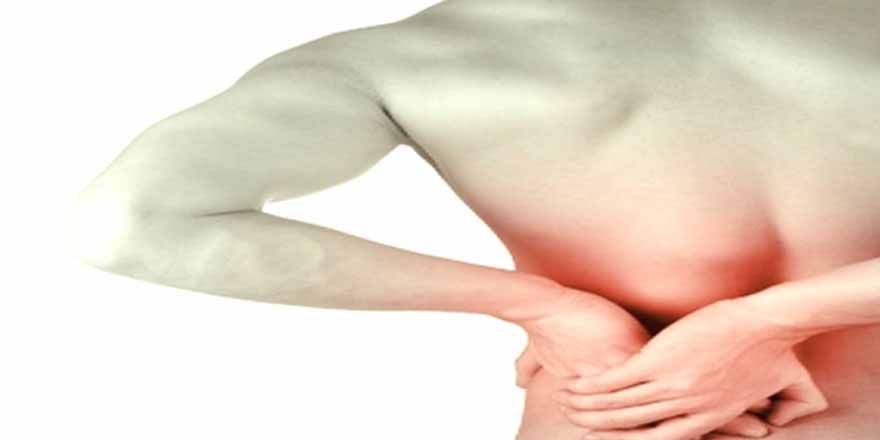
You can be at Risk for Osteoporosis
What is Osteoporosis
Osteoporosis is a disease of the bones in which they can become weak and fracture. Since bone is a living tissue, it is constantly being absorbed and replaced by new bone. Osteoporosis occurs when the creation of new bone doesn’t keep up with the removal of old bone. Although it can occur in any skeletal bone, osteoporosis related fractures are more common in the hips, spine and wrist.
The reason why I say that you can be at risk for osteoporosis is because it is fairly common. While genetics or the environment can play a small part, just the simple fact of aging can cause osteoporosis. It can affect both men and women after the age of 30, but women who are past menopause are at higher risk and people who are above the age of 50 are at an even greater risk developing it.
Signs and Symptoms
Osteoporosis is often called a “silent disease” because many times there are no symptoms until a bone actually fractures and you feel the pain. What’s more is that, many times there is no physical injury such as a fall but rather bone that just fractures on its own. Although there are no actual symptoms that osteoporosis is occurring, there are indeed signs to watch out for. Such signs include joint pains, difficulty standing and difficulty sitting up straight.
Risk Factors
A risk factor is something that increases a person’s chances of developing a disease. Some risk factors of osteoporosis are out of your control, such as:
- Gender: Women are at higher risk than men
- Age: The older you get, the more prone you are to bone fractures
- Body size: Small thin men and women are at greater risk
- Ethnicity: South Asian (Pakistani) men and women are at greater risk
- Family history: Osteoporosis tends to run in the family, so if a family member has osteoporosis or has fractured a bone without any type of injury, you are at risk as well.
- Sex hormones: Low estrogen levels due to missing menstrual periods or menopause will increase your chances of osteoporosis in women. Low testosterone can do the same in men.
- Low calcium and vitamin D levels: Since these nutrients are the main precursors of healthy bones, a deficiency in these will increase your risk.
- Low activity level: Lack of exercise or long-term bed rest can cause weak bones.
- Smoking: Not only are cigarettes bad for the lungs and heart, they can also cause weak bones.
- Anorexia: People with eating disorders have a higher risk of developing osteoporosis.
- Some medications such as corticosteroids to treat asthma, arthritis and psoriasis as well as selective serotonin reuptake inhibitors to treat antidepressants, blood thinning medications and Methotrexate which is used for cancer treatment.
Preventative Measures
Although you cannot control risk factors, you can prevent osteoporosis from developing to a certain point. Some ways you can avoid it are:
- Avoiding smoking
- Get regular exercise such as walking, jogging, climbing stairs, or light weight lifting among others.
- A healthy diet in calcium and vitamin D. Eat low-fat milk, yoghurt and cheese. If you have chronic deficiency, you may need to take supplements.
- Take precautions to avoid falls, because although in osteoporosis bones may break on their own, falling down greatly increase the fracture of bones
Diagnosis
If you suspect you are in danger of developing osteoporosis, ask your doctor to get a bone mineral density test. In medical terms, this is called the DEXA scan, which stands for Dual Energy X-ray Absorptiometry. The test can diagnose whether or not you have osteoporosis and check bone strength. This scan measures bone densities and compares them to a normal range. If your bone density is 0 or -1, you have normal bone strength, but if that number falls below -2.5, you have osteoporosis.
Complications Associated with Osteoporosis
Bone fractures, particularly in the spine and hip, are the most common and serious complication of osteoporosis. While hip fractures often result from falls, spinal fractures can result even if you haven’t fallen. The bones in your spinal column can weaken and crumble, causing back pain, hunched over posture and loss of height. Fractures can cause disabilities, pain, decreased quality of life, and cause long-term bed rest. Surgeries after hip fractures can result in death in elderly patients after a small time and due to the prolonged bed-rest, pneumonia and blood clots in the leg veins can occur that can travel to the lungs.
Treatment Options
- Biphosphanates: These help prevent bone density loss and are non-hormonal. The breakdown rate of bone by osteoclasts (bone cell that resorbs bone tissue) is slowed down while the production of new bone is speeded up.
- Hormone replacement therapy: For women going through menopause, this helps prevent bone density loss, by reducing the risk of fractures during treatment.
- Testosterone treatment: For men who have low testosterone production, usually due to aging.
- Calcitonin: This inhibits the cells that break down bone. This is a hormone made by the thyroid gland.
- Selective estrogen receptor modulators: These drugs help prevent bone density loss. They are used by women who are suffering from osteoporosis. These drugs mimic the action of estrogen on bone density in postmenopausal women.
- Calcium and vitamin D supplements
While some of these treatment options have side effects, you should consult with your doctor on the best type of treatment for you.

